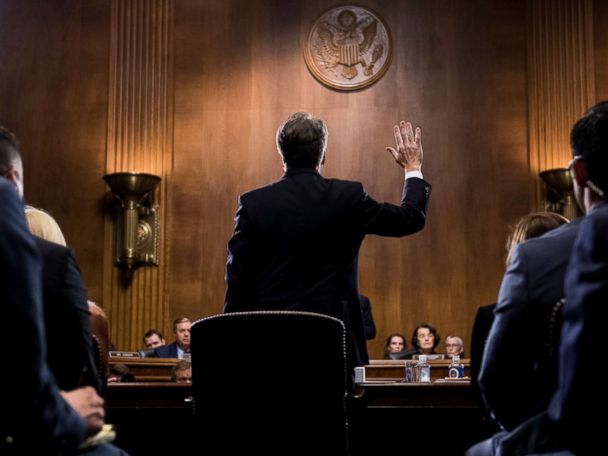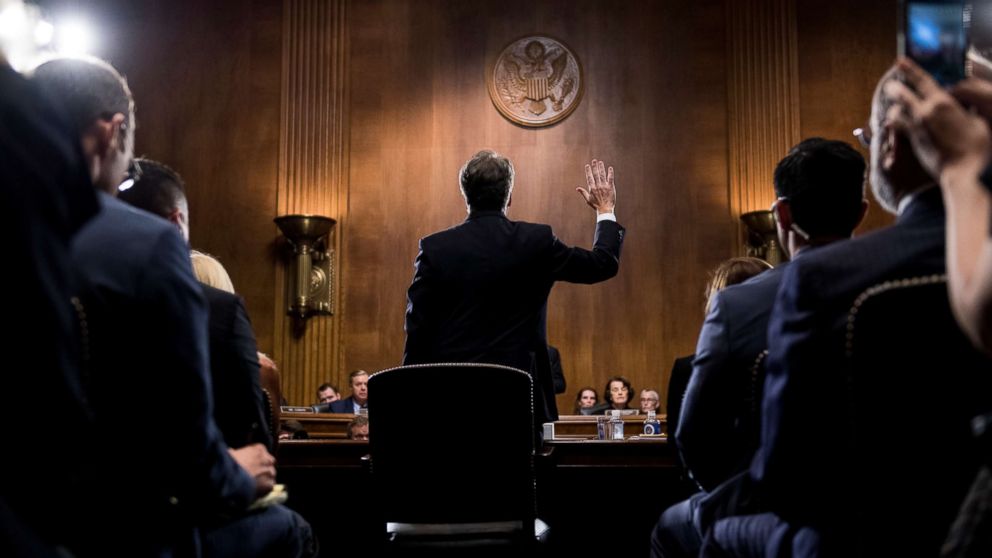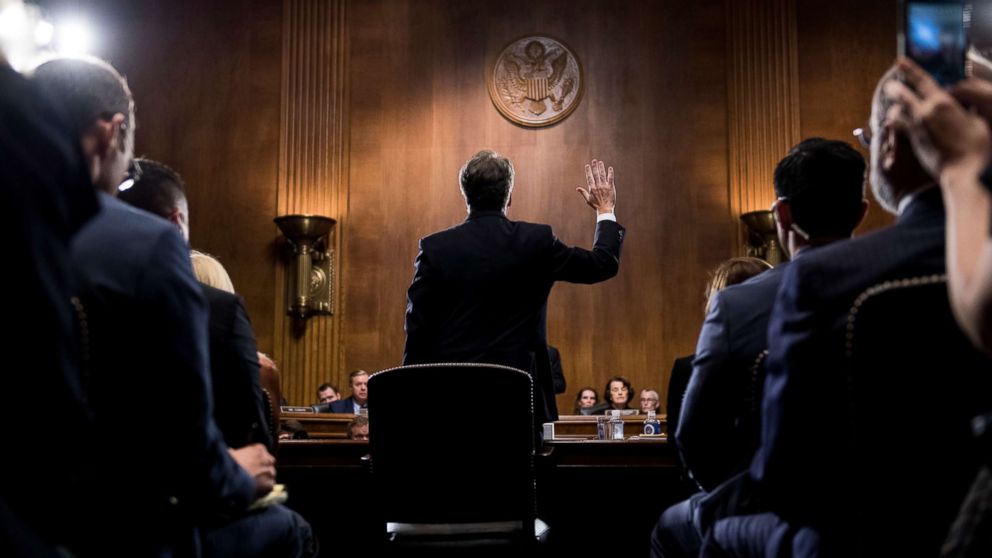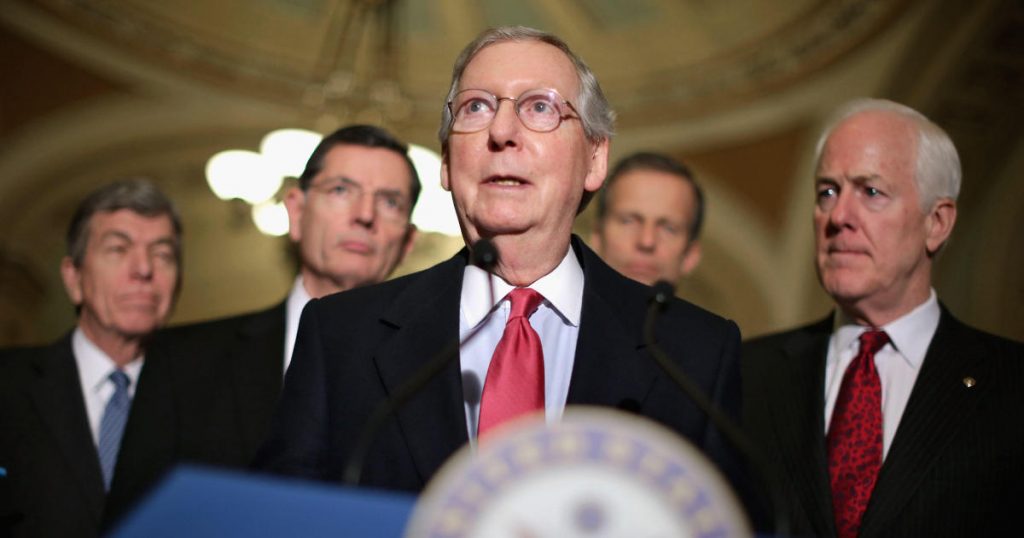






The appointment of a new Supreme Court justice is something that most — but not all — presidents have the opportunity to do while in office.
Renewed interest in the process has emerged as a result of the scrutiny drawn to the nomination process of Brett Kavanaugh, a circuit court judge who President Donald Trump appointed to take the associate justice position left open as a result of Anthony Kennedy’s retirement.
The nomination process is underway but here’s a review of the standard process and what’s still to come.
The ever-evolving make up of the country’s highest court stems from the lifetime appointments that each position holds.
Once a justice dies, retires, or resigns — the sitting president is entrusted to nominate a replacement.
Voluntary retirement has been the most common way in which the justices leave the bench, according to a report from the Congressional Research Service (CRS). It was the case for 20 of the 24 departures that have taken place since 1954.
Only two of the remaining vacancies during that same time period, since 1954, were a result of a justice dying while in office, the Congressional Research Service reports.
It was more common for justices to die while in office in the half century before, however, as 14 of the 34 vacancies that came between 1900 and 1950 fell in that category. And there was a stretch from 1946 to 1954 where the five justices who left the bench all died while in office, the CRS reports.
One other, very rare departure method is impeachment. Congress can remove a Supreme Court justice if they go through the process of impeachment, and much like a presidential impeachment, a justice would both have to be impeached and then removed. In the history of the court, there has only been one justice, Samuel Chase, who was impeached, back in 1804, but the Senate acquitted the charges so he didn’t leave the court, according to the CRS.
In the current case, Associate Justice Anthony Kennedy announced his retirement from the court in June 2018, after 30 years on the bench.
President Donald Trump announced on July 9, 2018, that he picked Circuit Court Judge Brett Kavanaugh as his pick to fill Kennedy’s seat.
He then spent much of the next nearly two months meeting with senators and collecting documents and records in preparation for the upcoming hearings.
The Senate is constitutionally bound to “advise and consent” to Supreme Court picks and specifically, that means today that the Senate Judiciary Committee holds the hearings on such nominees.
The committee holds a vote at the end of the hearings as to whether that the nominee would be confirmed, rejected, or to give no recommendation, to the full Senate.
In the case of Kavanaugh, the vote held in committee came out in favor of his nomination but with the caveat that an FBI investigation is held in the course of a week to get further information about high school sexual assault allegations, which he has denied.
Normal scenarios mean that after the committee vote, the full Senate holds their own period of debate over the nominee before voting themselves.
Traditionally, 3/5 of the Senate — or 60 Senators — had to vote in favor of a nominee in order for them to pass, but the Senate changed the rule in April 2017 by lowering the threshold to 51 votes.
If there is a tie, the vice president has the final vote given his role as the president of the Senate.
The threshold decrease, known as the “nuclear option,” was in force when Neil Gorsuch was nominated.
The reason why then-Senate Majority Leader Republican Mitch McConnell did so was that Republicans would not have enough votes to secure his nomination if the 60-vote requirement were in place. So, instead, he passed with 54 votes for and 45 votes against on April 7, 2017.

